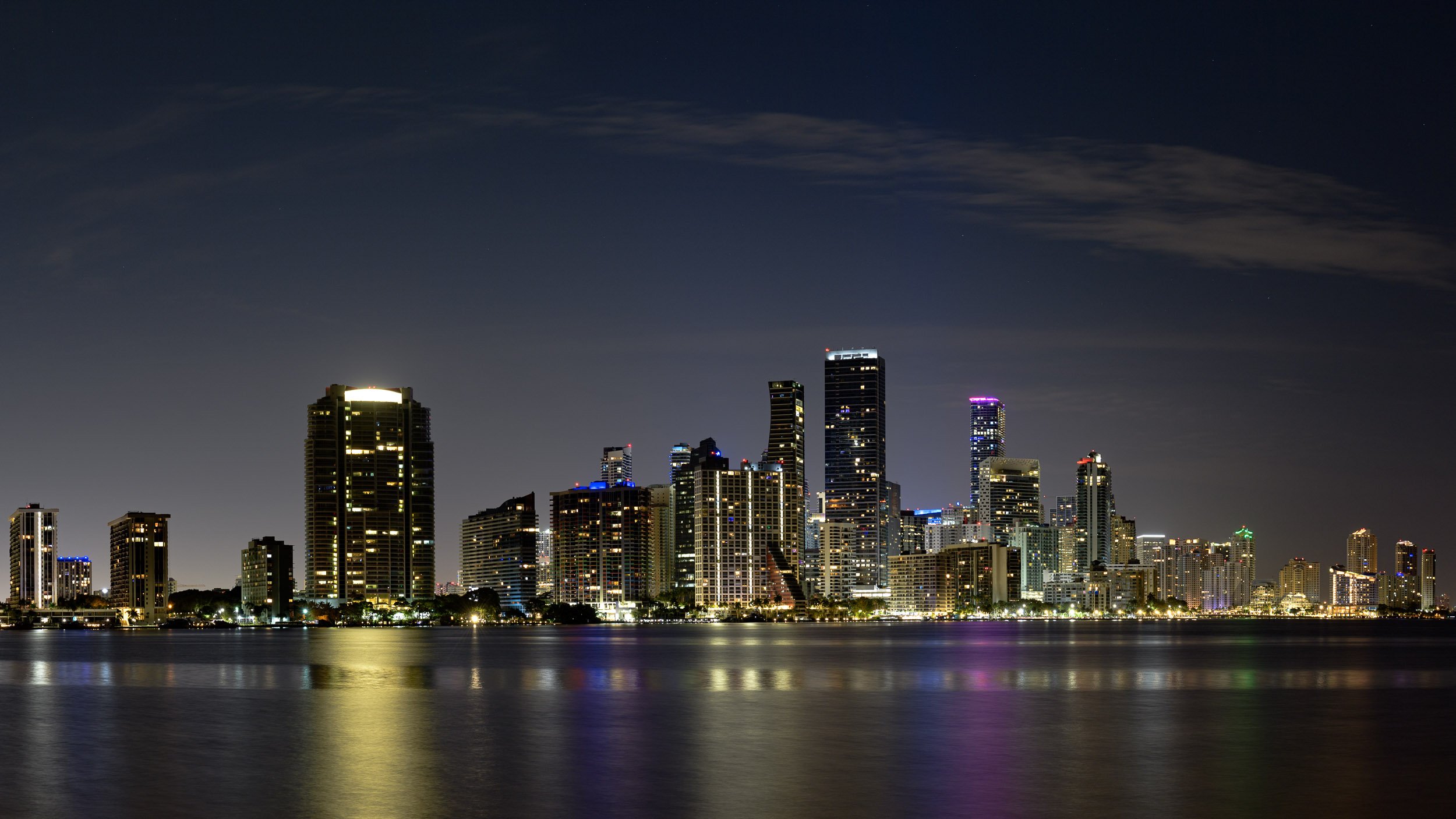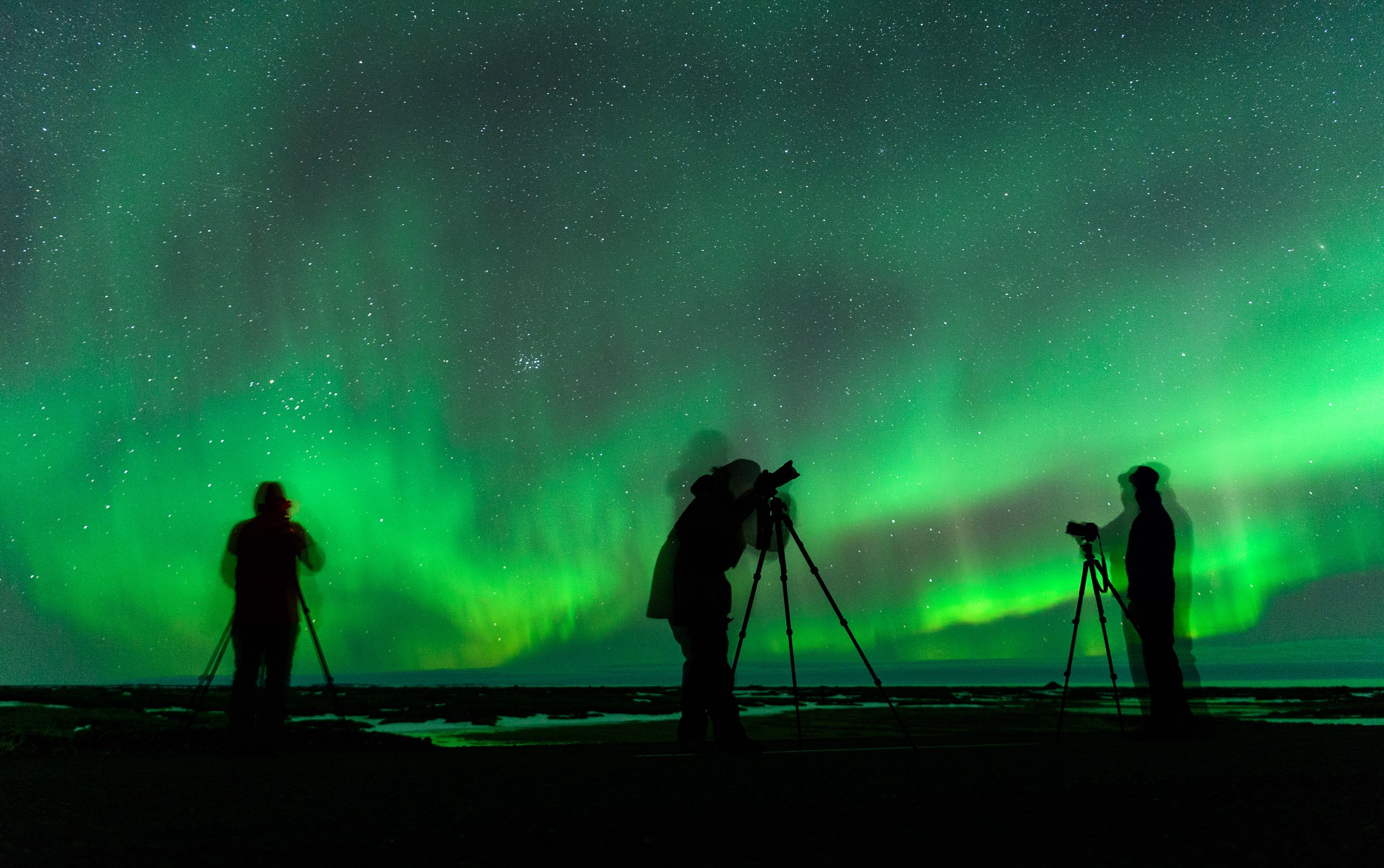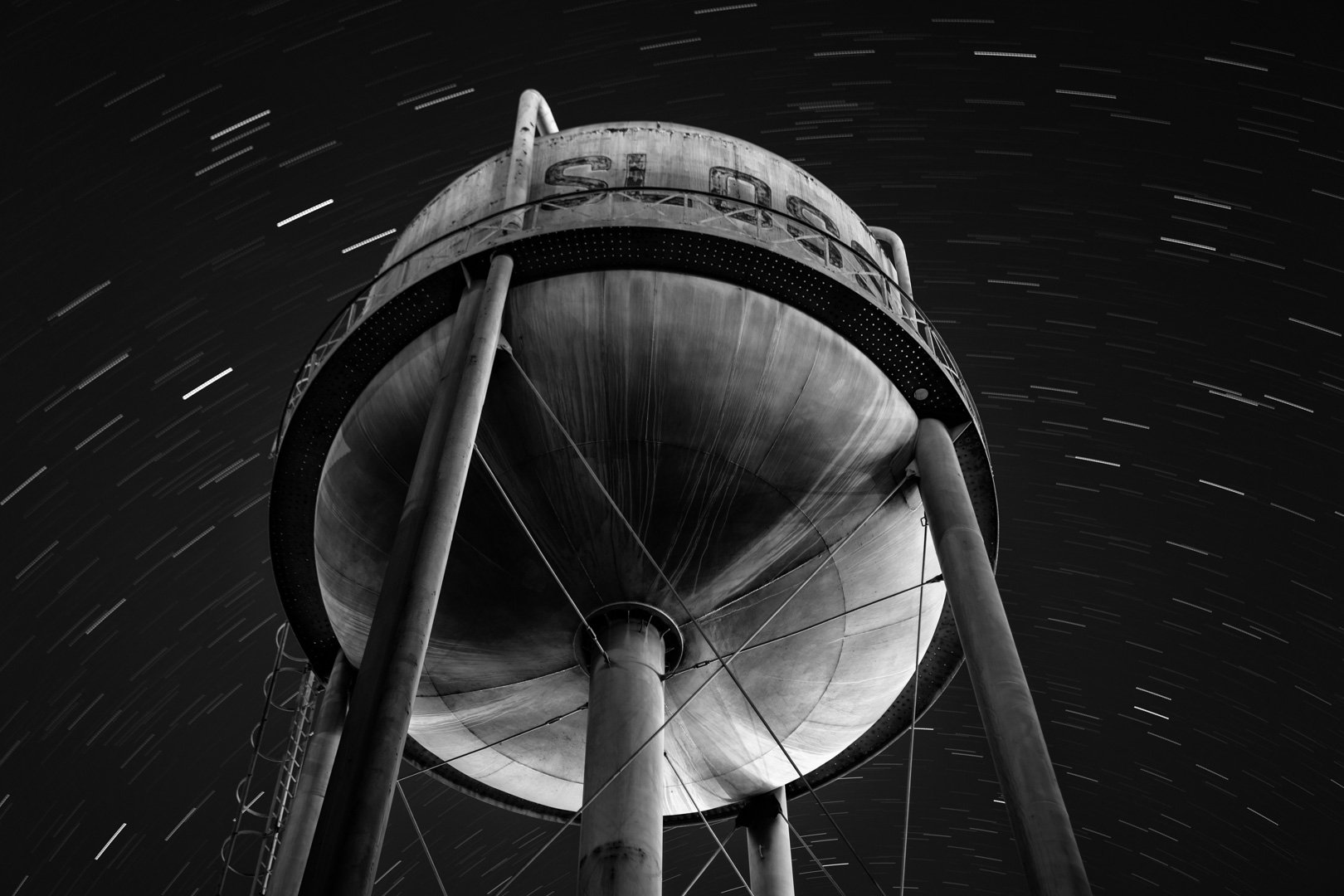Fall has fallen upon the land, Halloween is upon us, and with it come ghosts from the shadows. Well, maybe. But in some shadows of the country we can certainly find ghost towns, which happen to be among night photographers’ favorite haunts.
Ghost towns certainly allure us, for many reasons: historical significance, yesteryear charm, their ethereal memories that linger in shadows. And of course, they just look really cool, especially when darkness falls.
Below, in celebration of Halloween week, we present five photographs of ghost towns and short stories about how we made them.
Bodie
by Lance Keimig
Bodie, California. Canon 5D with a Nikon 28mm f/3.5 PC lens, lit with a Surefire 9P flashlight. 159 seconds, f/8, ISO 160.
A former gold rush town nestled in the unforgiving hills near the California-Nevada border, at its peak Bodie was home to over 10,000 residents. It was the archetypal western boomtown, replete with brothels and saloons, and with men dreaming of making it big and others intent on exploiting them. A legendary young girl’s diary found in the town stated, “Goodbye God, I’m going to Bodie.” Or was it, “Good, by God I’m going to Bodie”? We’re not really sure, but either sentiment could apply, depending on her disposition.
This light-painted image of the undertaker’s shop from 2008 was made with the lens pressed against a dirty window, and was lit with a Surefire incandescent flashlight from the left and right by shining the light through a window on one end of the building and through a door at the other.
Sadly, the table supporting the white coffin collapsed in an earthquake in 2020, and the contents of the building were badly damaged. The caretakers at Bodie have a policy of preserving what they can but not restoring structures that deteriorate or are damaged by natural causes, so I’m glad that I made this image when I had the chance.
Mojave
by Matt Hill
Mojave National Preserve, California. Sony Alpha a7 III with a Zeiss Batis 18mm f/2.8 lens, lit with a Nanlite PavoTube 15C 2' LED tube. 13 seconds, f/2.8, ISO 3200.
I was lucky, and very grateful, to spend time with photographer and Night Photo Summit speaker Jess Santos in California’s Mojave National Preserve. In her Jeep, we visited some of her favorite off-map and abandoned places.
Mojave is a special, though not frequently visited, place. In fact, that it’s not more visited is surely part of what makes it so special. Mojave is also a light painter’s dream. It’s an old mining area, and still contains remnant machinery, abandoned houses, sandblasted cars and trucks and vans slowly disintegrating in the dry heat.
This well-preserved bus is jacked up level on the low end (pretty high in the air!), and it looks like it’s on a permanent adventure. I used a single light source to illuminate the bus during the 13-second exposure. I started farthest away from the camera, blasted the 2-foot LED tube light through the doors, then walked along the side with the light held high to illuminate the dark interior.
Combined with strong moonlight, the warm/cool blending of light sources created exactly the look I was going for.
Silver City
by Gabriel Biderman
Silver City, California. Nikon D700 with a Zeiss Milvus 21mm f/2.8 ZF.2 lens, lit with a Coast flashlight. 4 minutes, f/5.6, ISO 400.
A lot of the ghost towns we visit are part of national parks or just outside of them and fairly easy to access. But many more are long forgotten and hidden from the public.
The year was 2011. I was on an epic road trip with fellow night photographers Joe Reifer and Night Photo Summit speaker Troy Paiva. We were right outside the vibrant “ghost town” of Virginia City, Nevada, when we found what looked to be the remains of an old silver mine in the satellite view of Google Maps. We drove over to investigate, but blocking the entrance was an impressive “No Trespassing” gate.
While pondering our next move, we noticed a Willie Nelson-looking fella in a sawed-off Jeep driving quickly down the road with a dog barking and running alongside.
We explained that we were night photographers, and fortunately Troy had one of his books to show that we were passionate about photographing Americana ruins. Somehow we won over the caretaker named Irish, and he invited us to spend two nights shooting the mines of Silver City.
My favorite shot from this wonderful experience is this slice of a corrugated bridge that was connected to the hoist house.
Grafton
by Tim Cooper
Grafton, Utah. Nikon D700 with a Nikon 24mm f/2.8 lens, lit with a Coast HP5R flashlight. 1 minute, f/9, ISO 200.
Near Utah’s Zion National Park sits Grafton, one of the most photographed of the western ghost towns.
From an artistic standpoint, this image is kind of spooky. Exactly what I was going for.
From a technical standpoint, this image is about color unity. I wanted to create a cool color harmony, which would provoke that spooky feeling.
The landscape was being illuminated by a full moon. I set my white balance to 4000 K. Images made under a full moon can often look like they were shot in daylight, so lowering the white balance to 4000 K helps keep the impression of a night scene.
A setting of 4000 K renders my Coast HP5R only somewhat blue, but I wanted even more blue, to match the coolness of the ambient light. So I added a light blue gel to the front of the flashlight, which also helped to retain color harmony throughout the image.
Thurmond
by Chris Nicholson
Thurmond, New River Gorge National Park, West Virginia. Nikon D5 with a Nikon 14-24mm f/2.8 lens. Two stacked exposures at 1 and 4 seconds, f/5.6, ISO 400.
The newest national park in the United States, New River Gorge in West Virginia, has some of the country’s oldest stuff, from one of the oldest rivers in the world to some great abandoned places, such as the ghost town of Thurmond.
A hundred years ago Thurmond was a booming mining town situated aside the New River. The area mines were so productive that Thurmond was reputed to be one of the most prosperous stops on the railroad with the richest banks in the state.
Today the mines are closed and the town is all but abandoned. But the railroad still runs through and the bank still stands aside it, as do 20 other dusty buildings, including the post office, coaling tower and train depot.
In this photo, a streetlight illuminates the old National Bank of Thurmond, as well as the tracks and a little surprise (ghostly?) visitor who wafted into the scene. Two exposures were required: one to control the bright lamp, and a second to record the details of the bank and railroad bed.
Your Turn
What ghost towns have you photographed at night? We’d love to see! Feel free to post your take on this shadowy genre in the comments, on our Facebook page or on Instagram (tag us @nationalparksatnight and/or hashtag us #nationalparksatnight).







